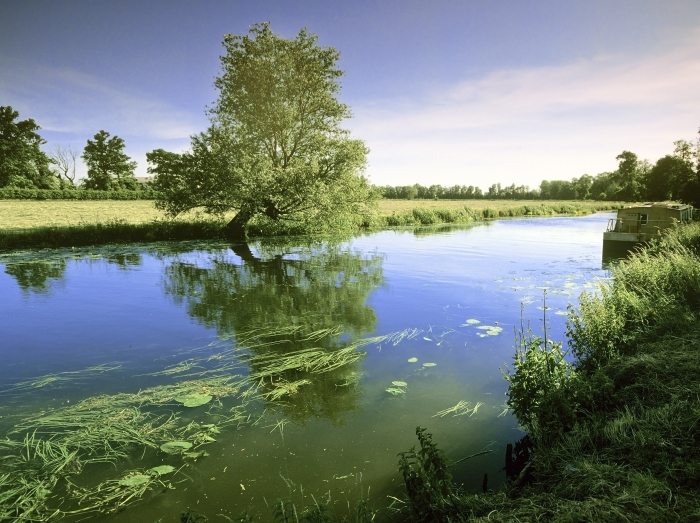Agrochemicals
Biopesticides: the future of regulation 25th April 2019
By Envigo
The experts at Envigo explain how regulatory agencies in the US and Europe are approaching biopesticides, and

The experts at Envigo explain how regulatory agencies in the US and Europe are approaching biopesticides, and discuss current challenges in improving access to innovative green technologies.
There is no universally accepted definition of a biopesticide, but, essentially, it is a substance derived from nature that may be formulated and used like a conventional pesticide. Biopesticides, compared with conventional chemicals, are inherently less toxic, are well targeted to specific pests, have faster rates of decomposition and occur naturally. Despite this, they are usually regulated in the same way as conventional pesticides, which creates an unnecessarily high barrier to approval and a huge burden on the small and medium-sized enterprises that are the current main innovators in biopesticides.
Biopesticide regulation
Although both the US Environmental Protection Agency (EPA) and EU are committed to encouraging biopesticide development, the EU system is currently lagging behind.
- EPA: as of 25 July 2018, 366 biochemical and microbial biopesticide active substances were approved.1
- EU: by March 2018, 13 active substances had been approved as low-risk pesticides.2
Data requirements to register a biopesticide are much lower than for a conventional pesticide in the USA, because the EPA accepts that biopesticides are inherently less toxic. While the EPA still requires specific information on the composition, toxicity, degradation and other characteristics of the biopesticide and runs rigorous reviews on the data, registration is faster than for conventional pesticides, taking, on average, less than a year, compared with over three years.
In comparison, in the EU, biopesticides are regulated under the same regulation as conventional plant protection products (PPPs) – Regulation (EC) 1107/2009,3 which does not differentiate biopesticides as a separate group. Although specific data requirements for microorganisms exist, only guidance is provided for botanicals and semiochemicals. In 2017, Regulation (EC) 2017/14324 amended Regulation 1107/2009 to recognise low-risk substances – a category into which most biopesticides are likely to fall. This differentiated requirements for high- and low-risk substances and PPPs, clarified toxicological criteria for botanicals and semiochemicals, and added additional ecotoxicological endpoints.
The amendments were designed to enable faster evaluation of low-risk substances than conventional active substances (120 days versus 12 months) and a longer approval period (15 years versus 10 years). However, although the amended regulation enables the recognition of low-risk substances, it still assumes that all active substances are high risk, unless proven otherwise, and places the burden for proving a substance is low risk on the registrant.
Regulation 1107/2009 is currently going through review as part of the European Commission’s REFIT (REgulatory FITness and performance) program. Although evaluation will be finalized in 2019,5 full revision may take substantially longer. To date, there appears to be little focus on biopesticides.
Issues with the EU’s regulation of biopesticides
The ‘chemical-oriented’ approach is a barrier to the approval of low-risk biopesticides, and this has multiple implications:
- Small-to-medium enterprises – currently the main innovators and producers of biopesticides – may not have the capability or resource to drive dossiers through this regulatory system
- It unduly impacts organic farmers, who rely on biological pest control solutions, as innovative green solutions are delayed from reaching the market
- It limits the EU’s ability to comply with its own sustainable use of pesticides directive, which calls for the production of safe food with minimal environmental impact
- It inhibits the competitiveness of European farmers and agrochemical producers compared with those in the rest of the world.
Finding a way forward
In 2017, the UN Food and Agriculture Organization (FAO) and World Health Organization (WHO) produced guidelines for the registration of microbial, botanical and semiochemical pest control agents for plant protection and public health uses. The goal was to provide a framework of practical guidance to facilitate best practice in biopesticide registration, with a focus on data requirements and evaluation approaches that still ensure appropriate protection of human and animal health and the environment.6
With approximately half of all EU pesticide submissions being for biopesticides or bioprotection technologies,7 there is a pressing need to revise the regulatory framework to make it fit for biopesticides, in order to improve access to innovative green technologies.
1. EPA. Biopesticide Active Ingredients, 2018.
2. European Commission. EU Pesticides database.
3. European Council. Off J Eur Union 2009;L309/1.
4. European Council. Off J Eur Union 2017;L205/59.
5. European Commission. REFIT – Evaluation of the EU legislation on plant protection products and pesticides residues.
6. FAO. Guidelines for the registration of microbial, botanical and semiochemical pest control agents for plant protection and public health uses, 2017.
7. European Commission. Regulation (EC) No 1107/2009 and Regulation (EC) No 396/2005, 2018.
Envigo provides essential research services, models and products for pharmaceutical, crop protection, and chemical companies as well as universities, governments, and other research organizations.



